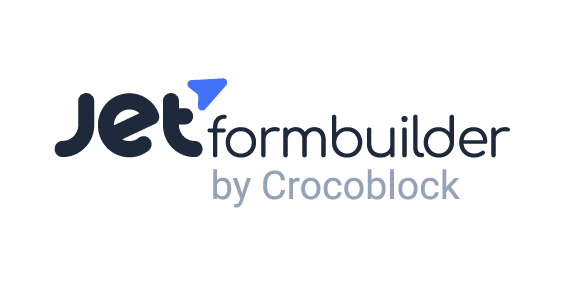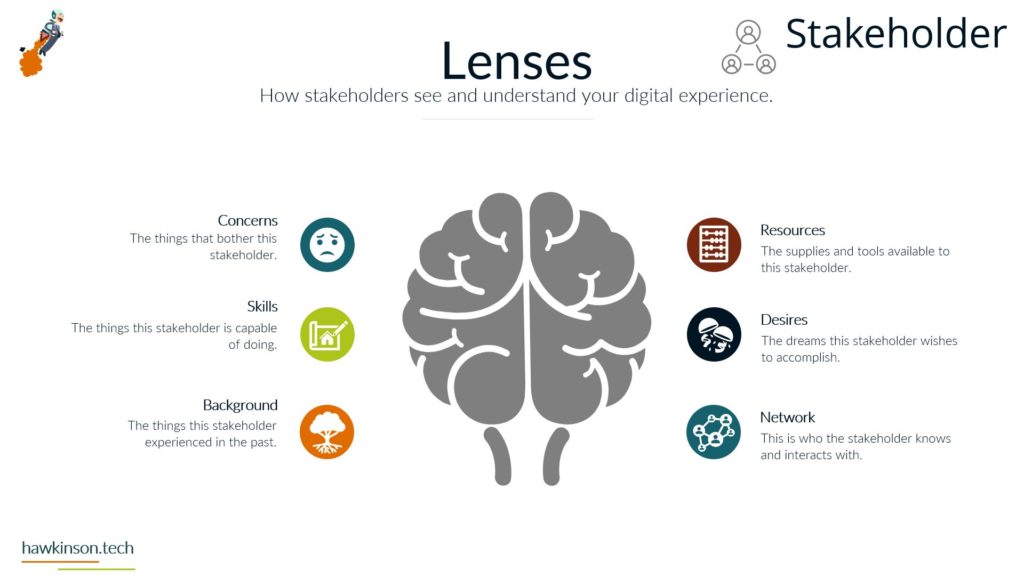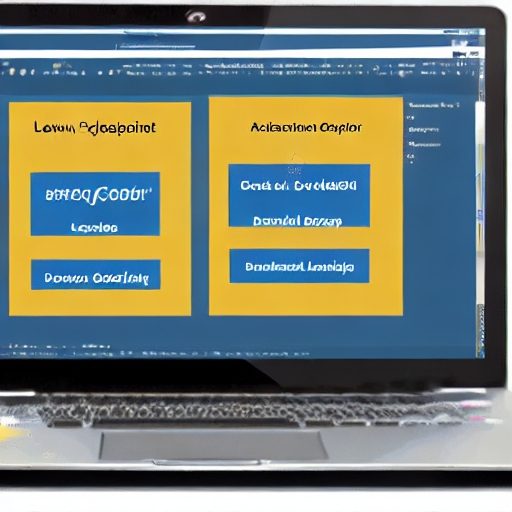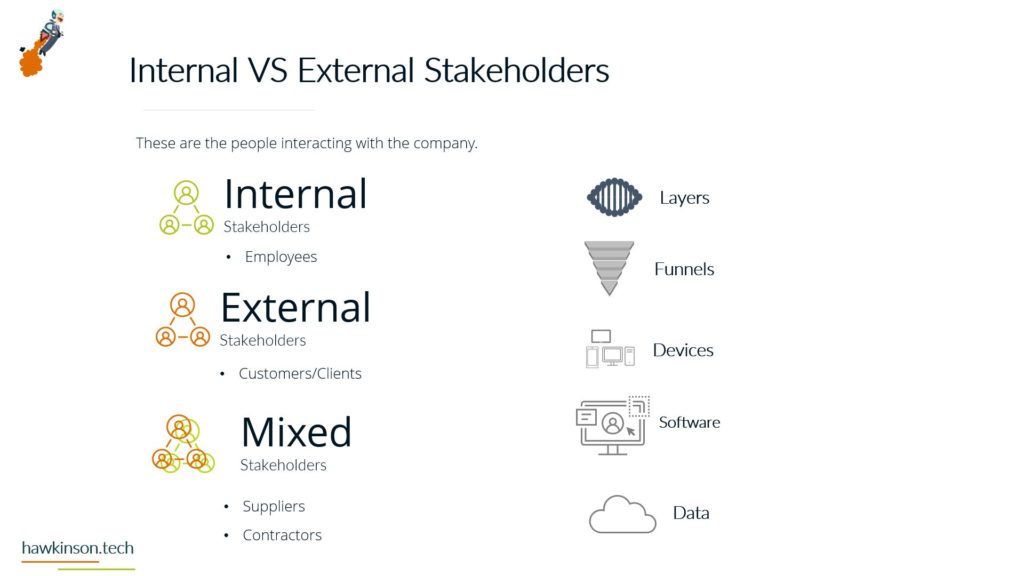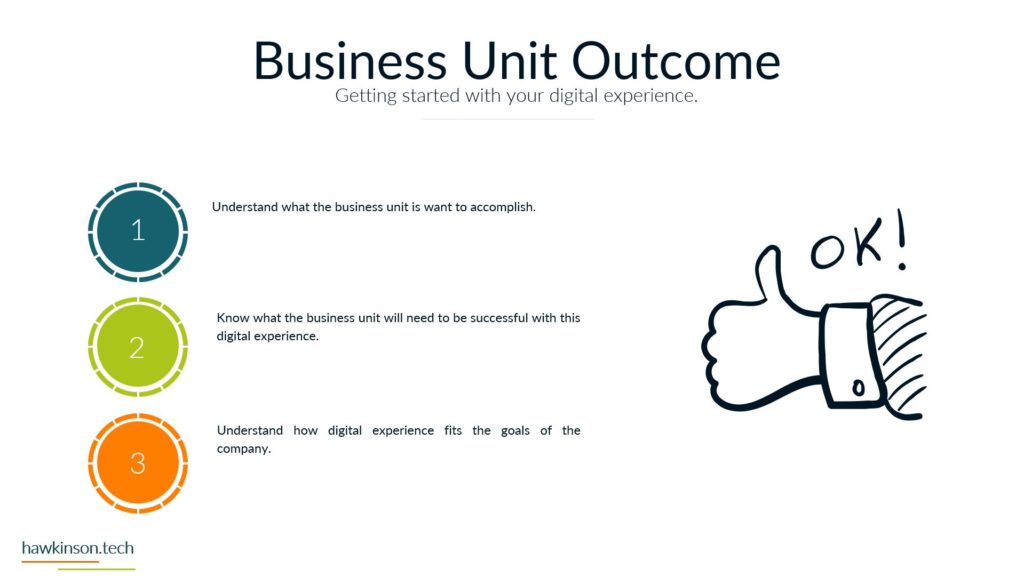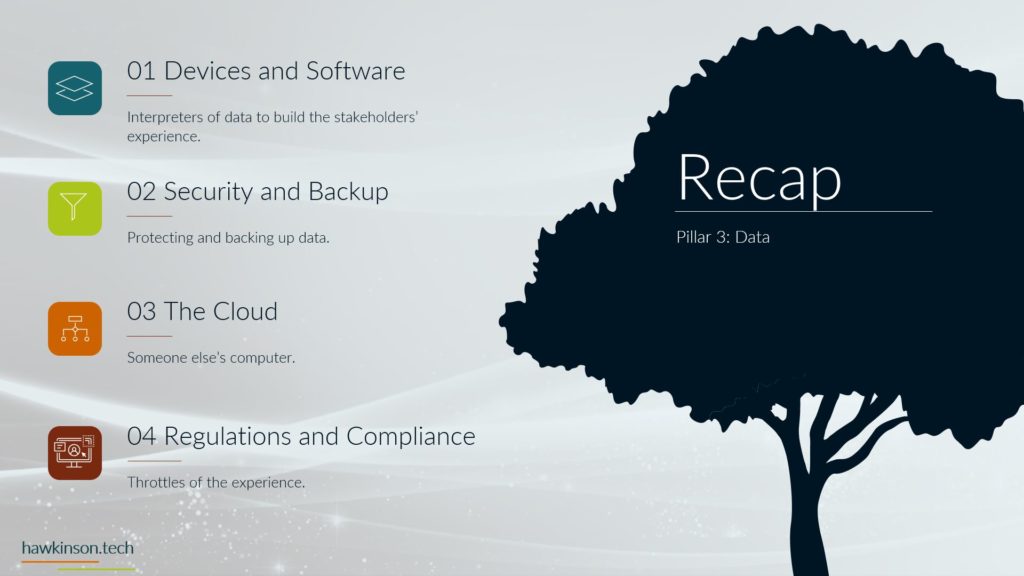JetEngine is a plugin that allows you to add more information to your website. The package features 18 add-ons that will assist you in developing unique content types. Custom content can be generated in the JetEngine backend and added to your Elementor layout using the Elementor editor.
JetEngines streamlines the process of creating custom meta boxes and taxonomies. Whether you are a beginner with no coding knowledge or a professional, this plugin will help you create various posts and content types.
Key Features
Adding Content to WordPress
JetEngine may be used to add WordPress’ regular dynamic content kinds, such as post titles, post meta descriptions, post excerpts, user profiles, and post thumbnails. You can use the Dynamic Image, Dynamic Field, and Dynamic Meta widgets to add WordPress’ built-in dynamic content types.
Personal data repository
Every end-user using JetEngine has a private data repository to save post categories like wishlists, favorites, and likes.
Bookmarking
You can incorporate bookmarks for your articles so that readers may add them to their “Reading List” and retrieve them later with a single click.
You can also add a bookmark-style button to your Listing Item so that it will appear in the Listing Grid on your blog. The post would be deleted from the library if you unclicked it.
More features
- Custom content
- Custom fields
- Taxonomy
- Metabox
- Options page
- Detect user geolocation
- Integrating CPT and CCT posts
- Dynamic macros
- WooCommerce
- Querying data

